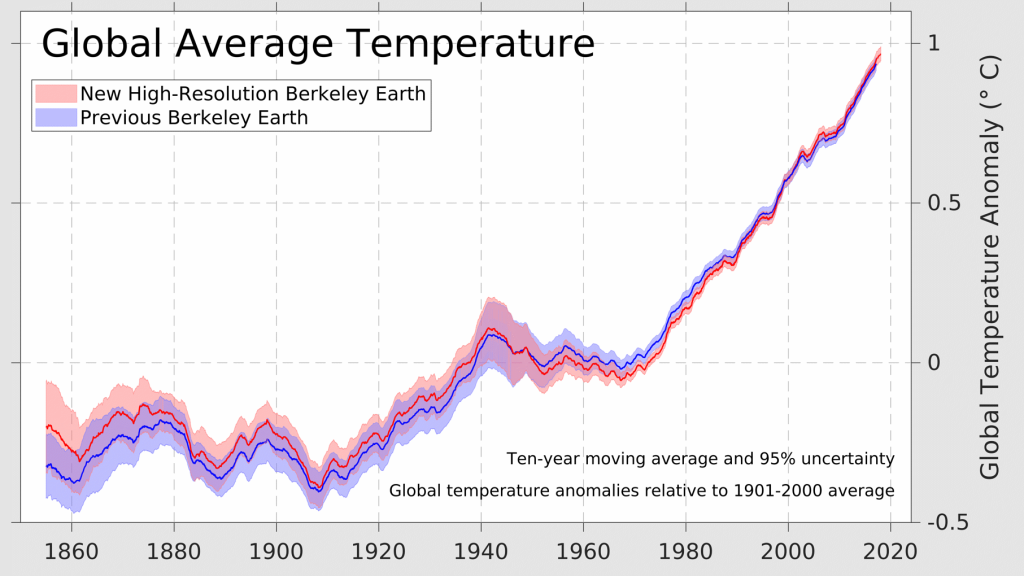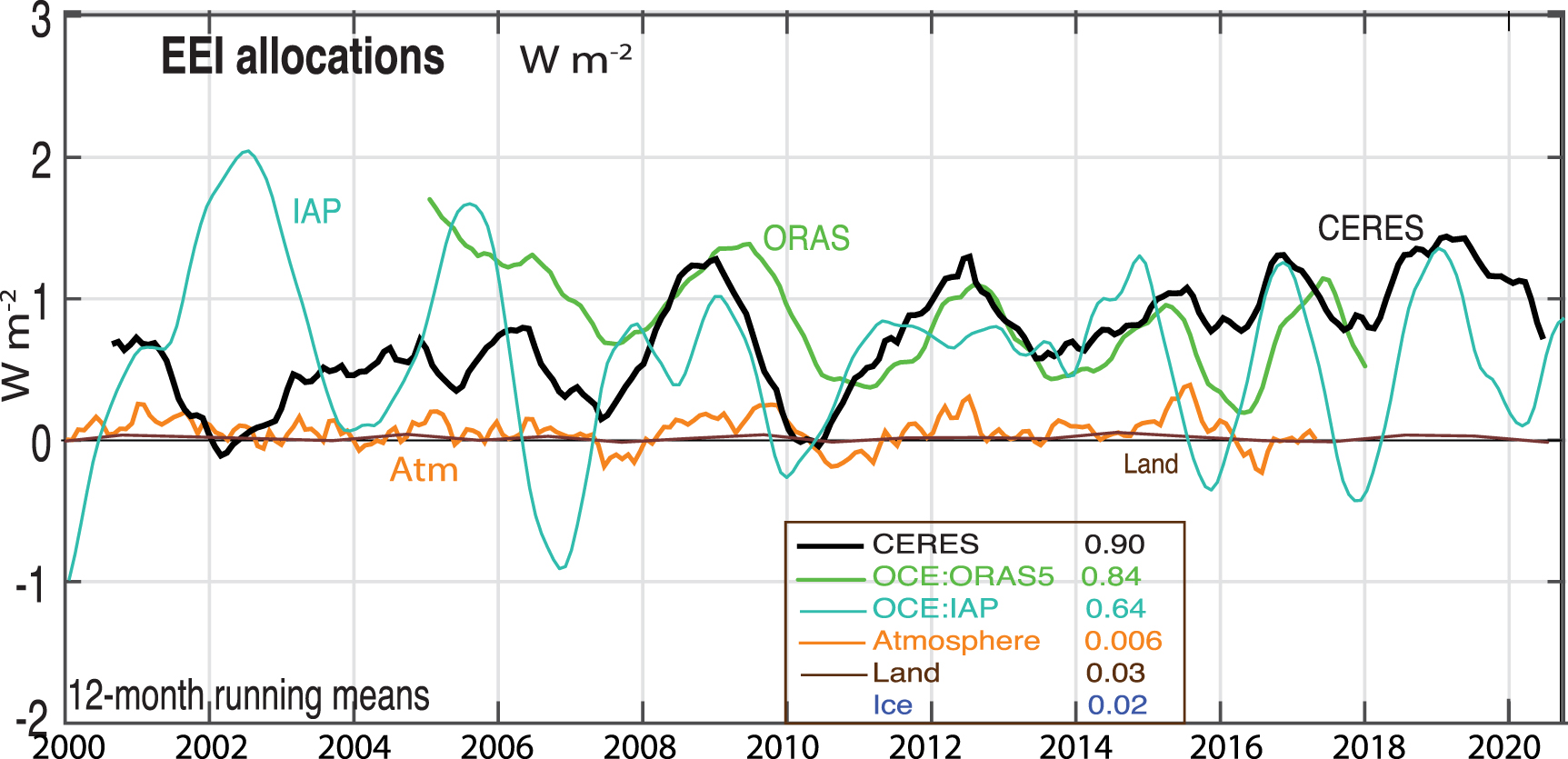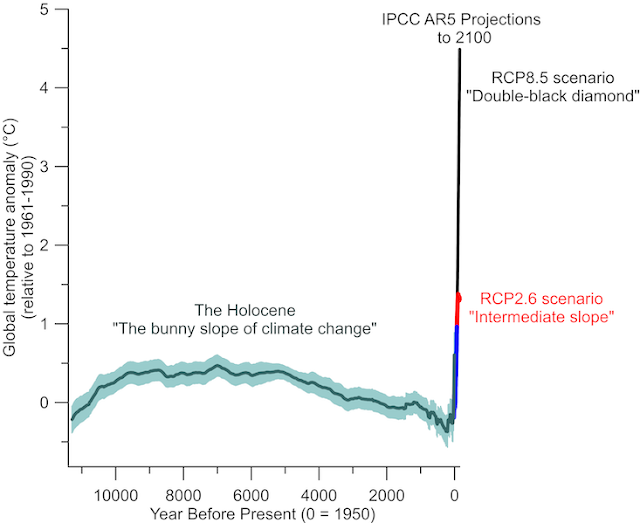Updating the Lewis & Curry Estimate for ECS

One of the most common studies cited in favor of a low equilibrium climate sensitivity (ECS) was published by Lewis and Curry in 2018 (LC18).[1] Their paper used the standard energy balance equation I've used in previous blogposts to estimate both ECS and TCR. They arrived at median estimates with 95% uncertainties of 1.66 C for ECS (1.15–2.7 C) and 1.33 C for TCR (1.0–1.9 C). These values are significantly below the range estimated by the more recent IPCC assessment reports. Since the publication of this paper, Sherwood et al 2020[2], published what may be the most comprehensive assessment of ECS and found a 95% range of 2.3–4.7 C. Argument of LC18 So I thought it might be interesting to do a back-of-the-envelope style update to LC18. I think there are several reasons why this can be valuable. Since the publication of this paper, a number of new insights have been published: The publication of HadCRUT5 had significant improvements over HadCRUT4, even the dataset with kriging to li...
.png)



